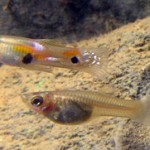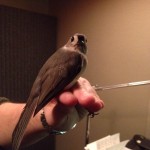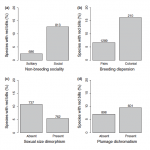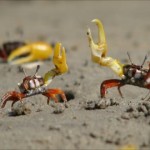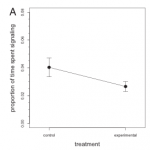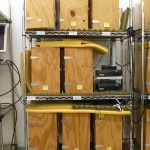Blood Seeking Biological Weaponry: How Malaria is Propagated Anopheles gambiae, the malaria mosquito. Source:Wiki Commons Over 200 million people a year are diagnosed with malaria. This mosquito-borne disease mimics … Continue reading
-
Recent Posts
Recent Comments
- Pat Irvin on Canada Goose Vocalizations
- Gloria on Vocalizations and Singing Behavior in the Black-Capped Chickadee (Poecile Atricapillus)
- Scott Baker on The Northern Cardinal(Cardinalis cardinalis) Song
- Aj on The Blue Jay – Vocalizations
- Stephanie Thomas on The Biology of the Barn Owl (Tyto alba)
Archives
- June 2024
- May 2024
- August 2023
- May 2023
- January 2023
- August 2022
- July 2022
- May 2022
- April 2022
- March 2022
- February 2022
- May 2020
- March 2020
- December 2019
- November 2019
- October 2019
- September 2019
- February 2019
- May 2018
- February 2018
- January 2018
- December 2017
- November 2017
- October 2017
- September 2017
- June 2017
- May 2017
- April 2017
- March 2017
- December 2016
- November 2016
- October 2016
- September 2016
- August 2016
- July 2016
- June 2016
- May 2016
- April 2016
- March 2016
- February 2016
- December 2015
- November 2015
- October 2015
- September 2015
- August 2015
- July 2015
- June 2015
- May 2015
- April 2015
- March 2015
- February 2015
- January 2015
- December 2014
- November 2014
- August 2014
- July 2014
- June 2014
- May 2014
- April 2014
- March 2014
- February 2014
- December 2013
- November 2013
Categories
Meta

